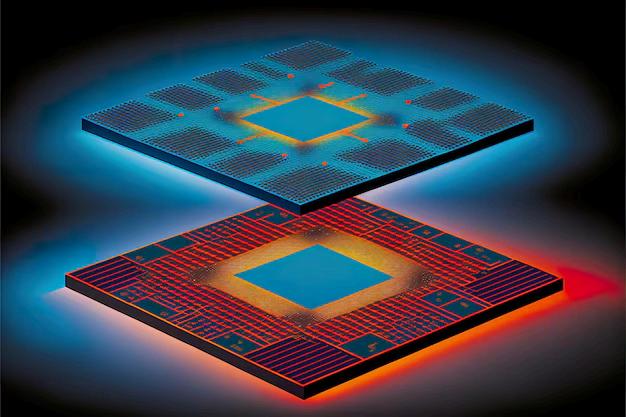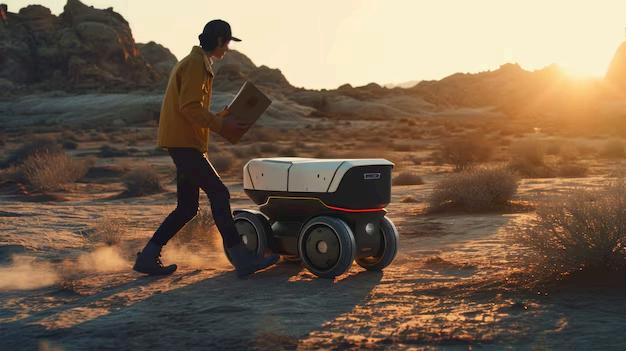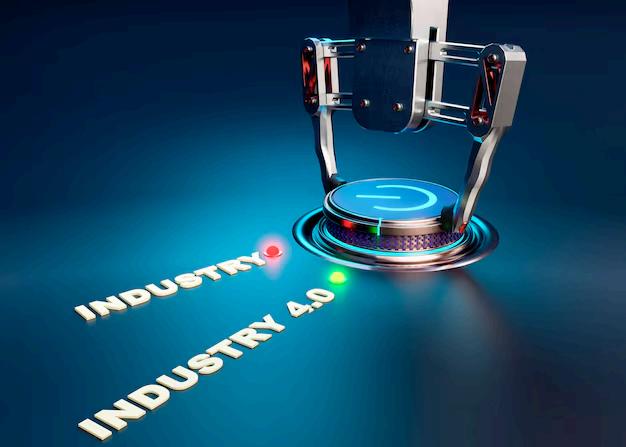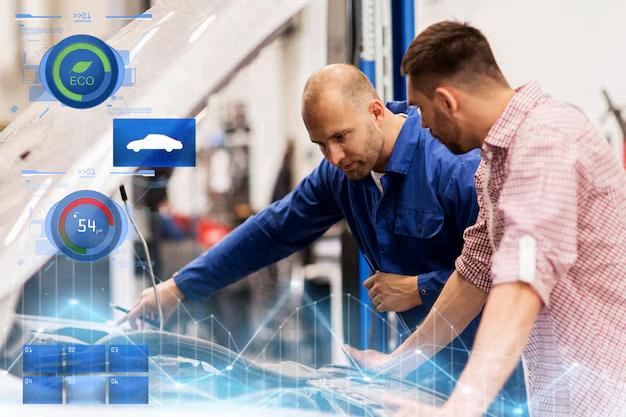

The Future of
Autonomous Systems with Sensor Fusion AI


IIntroduction ntroduction

Combines data from multiple sensors into a unified understanding of the environment.
Uses advanced algorithms and AI to make real-time decisions.
Core technology driving innovation in autonomous systems.
Visual: Diagram showing data flow from multiple sensors to AI decision-making.

Early systems relied on single-sensor input, leading to limitations. Introduction of sensor fusion enhanced situational awareness.
AI-powered systems can now handle complex environments and uncertainties.


Enhanced Perception: Provides a 360degree view by merging data from cameras, LiDAR, radar, and more.
Real-Time Decision Making: Processes vast data sets instantly for critical responses.
Improved Safety: Reduces errors through redundancy and comprehensive analysis.

Automotive: Self-driving cars for safer transportation.
Aerospace: Navigation and obstacle avoidance in UAVs.
Healthcare: Smart medical devices with accurate diagnostics.
Manufacturing: Intelligent robotics for precision and speed.
Defense: Advanced systems for surveillance and security.


Challenges
Data overload and computational complexity.
Integration across diverse sensor types.
Cost of implementation. Opportunities
Advances in edge computing for faster processing.
Collaboration with AI to enhance reliability. Broader adoption across emerging markets.




